There's a great new book being released today titled The Petroleum Papers: Inside The Far Right Conspiracy To Cover Up Climate Change. Publisher Greystone Books describes it in the following way: "In The Petroleum Papers, investigative journalist Geoff Dembicki tells the story of how the American oil companies that founded the tar sands in Alberta, Canada—home to the third-biggest oil reserves on the planet—ignored warnings about climate devastation as early as 1959. Instead of alerting the world to act on this impending global disaster, Exxon, Koch Industries, Shell and others created ad campaigns saying climate change isn't real and that alternatives to oil are an economic disaster. These companies built a global right-wing echo chamber to ensure tar sands could keep flowing into the U.S., which helped elect Donald Trump and now leaves the Joe Biden administration with a sprawling climate mess." (https://greystonebooks.com/products/the-petroleum-papers) You can order the book at that url. It's ironic that one of the earliest warnings of the dangers of fossil fuels was Edward Teller, developer of the hydrogen bomb and Cold War activist, probably on the attack in his pursuit of nuclear energy development.
The Narwahl also has a detailed article titled ‘An edifice of lies’: how climate denial and religion kickstarted Alberta’s oilsands on the book and its findings:
Imperial Oil and its partners launched the oilsands megaproject Syncrude, which began production in 1978, after the company was warned about the dangers of fossil fuel use in the 1970s. Photo: Kris Krug
The oil and gas industry has a track record of running roughshod over the science of climate change in pursuit of massive profits, while financially backing organizations that spread doubt and misinformation about the dangers of fossil fuels.
What might surprise Canadians, however, is that arguably some of the most consequential examples of climate denial in history happened back in the 1950s and 1960s, long before climate science went mainstream, and involved a key project in Alberta.
The details have been gathered into a forthcoming book by Canadian investigative journalist Geoff Dembicki called The Petroleum Papers: Inside The Far Right Conspiracy To Cover Up Climate Change, due to be published Sept. 20 by Greystone Books.
Dembicki’s book highlights decades of effort by oil companies and the organizations that lobby for them to distract from the environmental destruction their products create by building, in his words, “an edifice of lies,” meant to anticipate and blunt public anger over climate change and its causes.
In an interview, he said the book’s central message is that, far from being a bit player, Canada’s oilsands industry has played a “profound role” in how Americans deal with the climate emergency, due to the enormous amounts of money, time and expertise that U.S. companies have sunk into making high-carbon oilsands projects profitable.
“A lot of the companies that had the biggest financial stakes in the oilsands, such as Exxon, were really key to leading disinformation campaigns in the 1990s and 2000s. That had a huge role in blocking solutions to climate change, when we really could have gotten good control of the emergency,” Dembicki told The Narwhal. “The point I really want to drive home is that Canada has played a huge, underexplored role in the ability of one of the world’s largest emitters to deal with this problem.”
Dembicki’s book takes a close look at Philadelphia-based Sun Oil, a company that would eventually spawn Suncor.
These days, Suncor is one of Canada’s multibillion-dollar oilsands producers, pumping out over 600,000 barrels per day of petroleum products from its oilsands holdings, while producing tens of millions of tonnes of carbon pollution in the process. Sun Oil had been present in Canada since the 1920s, selling gasoline imported from the United States branded as “Sunoco,” a condensation of SUN Oil COmpany. (After corporate acquisitions, Sunoco-branded gas stations in Canada were converted to Petro-Canada branding, while in the U.S. they are now controlled by a Dallas-based energy firm.)
In 1949, Sun Oil began examining oilsands development and established a division in Calgary, and by 1950 the company had launched a drilling program and acquired “Lease 86,” where Suncor’s current oilsands operation would eventually be located. ...
In 1967, the company and its subsidiaries would launch the first commercialized heavy oil megaproject in the oilsands, opening the door to exploiting the third largest proven oil reserve in the world. The project’s success ushered in an era of explosive growth in oil production and carbon pollution in Canada. Federal figures show that between 1990 and 2020, oilsands production jumped more than 725 per cent, while emissions soared by over 430 per cent. As of 2020, the oilsands represented the largest portion of oil and gas emissions in Canada, at 81 million tonnes, a figure that represents more carbon pollution than the economies of B.C. or Quebec. ...
But as Dembicki argues, Sun Oil followed through with this massive project in the 1960s even as the firm was exposed to clear scientific warnings about the dangers of unchecked greenhouse gas emissions. ...
The climate warnings came in two distinct moments. The first was a November 1959 symposium in New York City called Energy and Man, organized by Columbia University and the lobby group the American Petroleum Institute. That event featured “one of the earliest known climate change warnings to the oil and gas industry,” Dembicki wrote.
Speaking at the event was Robert Dunlop, then president of Sun Oil and also a director at the petroleum institute at the time. He promised during his speech to “listen with the keenest attention” to another speaker, Edward Teller, a nuclear weapons physicist. Teller would inform the influential crowd that burning fuel creates carbon dioxide that ends up in the atmosphere, causing a “greenhouse effect” that is heating up the Earth. “It has been calculated that a temperature rise corresponding to a 10 per cent increase in carbon dioxide will be sufficient to melt the icecap and submerge New York,” he said. “All the coastal cities would be covered, and since a considerable percentage of the human race lives in coastal regions, I think that this chemical contamination is more serious than most people tend to believe.” ...
Dunlop would later argue in 1967 in front of the U.S. Congress, as chair of the petroleum institute, that toxic fumes from internal-combustion engines, like carbon monoxide, nitrous oxide and unburned hydrocarbons would eventually be “controlled.” ...
As Great Canadian Oil Sands was just starting operations, Dunlop would again be exposed to a clear warning, this time from a report commissioned by the petroleum institute. The group had asked scientists at the Stanford Research Institute to study the link between the oil and gas industry and the Earth’s temperature rise.
Their 1968 report was clear: concentrations of carbon dioxide in the atmosphere were climbing fast, and the only explanation that made scientific sense was that it was the unrelenting burning of fossil fuels. “There seems to be no doubt that the potential damage to our environment could be severe,” they wrote. The report, excerpts of which are available online, found that carbon emissions were overcoming the natural process of carbon dioxide removal, and that the temperature increase would eventually melt icecaps, leading to sea level rise and consequential environmental damage. They then concluded that research needed to be urgently directed towards technologies to control emissions. By that time, Sun Oil was already sending oilsands oil down a pipeline from Fort McMurray to a refinery in Sarnia, Ont., and heading into Alberta’s history books as achieving a “certain level of glory.” Suncor itself would officially form in 1979, when the Canadian operations of Sun Oil merged with the Great Canadian Oil Sands company. ...
The company has made some effort in recent years to soften concerns over its climate impact. It has supported carbon pricing, said it intends to offer more “low- carbon fuels” ... Suncor, however, has recently lobbied against climate transparency measures. The company’s former chief executive Mark Little recently stepped down following news reports of a string of worker deaths at company facilities....
The religious connection that greased the oilsands wheels
Dembicki outlines in his book how the wheels for Sun Oil’s oilsands megaproject were greased by the religious worldviews of Dunlop’s predecessor, former Sun Oil president J. Howard Pew, as well as then-Alberta premier Ernest Manning. Both men felt that North American oil needed to be urgently exploited.
The Pew name is associated these days with the Pew Charitable Trusts and the Pew Research Center it established, but in the early 1960s, Pew, a Christian libertarian, was able to get Manning’s approval to get an oilsands operation started in Alberta, after the two exchanged letters riddled with Biblical references. ...
Through archival documents, Dochuk has shown how Pew became bent on using the oil in northern Alberta to loosen North America’s dependence on overseas oil. Pew enthusiastically showed off a file marked “Athabasca Tar Sands” in his Philadelphia office, Dochuk wrote, to anyone who would indulge him. He talked about “America’s Christian heritage,” and gave rousing speeches on the virtues of “freedom” and “friendly competition.” He railed against the 1930s New Deal package of economic stimulus, unemployment relief and public works projects, calling it a government attempt to dominate the private sector. He defended the right for employers to lower employee wages on a whim. Manning, meanwhile, held conservative evangelical beliefs and was a radio preacher. He wanted Alberta to generate wealth from its resources, but as a “premillennialist,” Dochuk wrote, he also believed Christ’s return was near, and that Christians needed to “extract expeditiously whatever oil was left under their soil before their dispensation expired.”...
“They saw each other as kind of brethren, if you will, within the church, sharing a similar conservative evangelical gospel,” said Dochuk. The two became close friends....
Dochuk said it wasn’t an easy negotiation when it came to business and government, as Manning was a populist at heart, while Pew was a libertarian conservative. “Nevertheless I would say that the relationship between the two men, based on their shared values, was instrumental in getting that project off the ground and running,” he said about Great Canadian Oil Sands. ... “There was just an assumption that this was an anthropocentric project of Christian stewardship, of using the land, that this is a God-given resource,” he said. ...
Pew’s views, and Manning’s views, don’t represent the entirety of Christian ideology when it comes to climate change today. In fact, dozens of Christian organizations and institutions around the world divested from fossil fuels in 2021. The Vatican itself has asked Catholics to divest from the oil and gas industry. ...
More warnings on emissions at the dawn of the Syncrude oilsands megaproject
Dembicki’s book shows how Sun Oil’s success in the oilsands was soon followed by a second megaproject backed by the American oil behemoth, Exxon, which by 1970 had grown to become the second largest corporation in the United States. By this time, Exxon had long been the majority owner of Canadian oil company Imperial Oil, and that ownership structure continues to this day. Similar to Sun Oil’s experience, officials at Imperial Oil were also exposed to early warnings about climate change, even as the company was setting up its own oilsands megaproject, Dembicki wrote. At first, Imperial Oil, through a partnership with Los Angeles-based Richfield Oil, pitched a plan to unleash a nuclear explosion in the oilsands, with the theory that it would melt the heavy oil and allow for easy pumping to the surface. After that disastrous idea was put on ice in the late 1950s, Imperial Oil and its partners launched Syncrude, a joint effort that was first established in 1965, with preparations at a site at Mildred Lake beginning in 1973 and production starting in 1978.
The Syncrude megaproject, which grew to produce over three billion barrels of oil by 2019,was put into motion after the company was warned by internal scientists on three separate occasions in the 1970s about the dangers of fossil fuel use.
The first warning came in 1970 from an Imperial Oil chemical engineer working in Sarnia, Ont. The scientist’s report, “Pollution Is Everybody’s Business,” included a description of “air pollutants,” one of which was carbon dioxide, which he noted came from “oxidation of plant and animal matter” and “combustion. Since pollution means disaster to the affected species, the only satisfactory course of action is to prevent it — to maintain the addition of foreign matter at such levels that it can be diluted, assimilated or destroyed by natural processes — to protect man’s environment from man,” reads a line from the report. The report also argued that pollution “cannot be dealt with on a voluntary basis” and so the “protection of the interests of society as a whole requires the establishment of legal controls on pollution, as on other anti-social acts.”
Then in 1977, a senior Exxon scientist and top expert in the company’s research and engineering arm, gave a dire presentation to the company’s management committeewarning that carbon dioxide from burning fossil fuels will put humanity in danger by heating up the planet. The scientist made it clear that “there is general scientific agreement that the most likely manner in which mankind is influencing the global climate is through carbon dioxide release from the burning of fossil fuels,” according to an investigation by InsideClimate News.
The following year he informed Exxon managers and other company scientists about research showing how average global temperatures could climb by two or three degrees Celsius as carbon dioxide became more concentrated in the atmosphere, leading to floods and droughts, and jeopardizing agriculture. “Man has a time window of five to 10 years before the need for hard decisions regarding changes in energy strategies might become critical,” he wrote in a summary to Exxon in 1978.
At first, Exxon responded rapidly, launching an internal research body that sampled carbon dioxide and engaged in climate modelling, but by the late 1980s the company would begin scaling back the work, according to the InsideClimate News investigation, and directing its resources toward climate denial instead.
“It put its muscle behind efforts to manufacture doubt about the reality of global warming its own scientists had once confirmed. It lobbied to block federal and international action to control greenhouse gas emissions. It helped to erect a vast edifice of misinformation that stands to this day,” wrote the journalists.
https://thenarwhal.ca/climate-denial-oilsands-petroleum-papers/

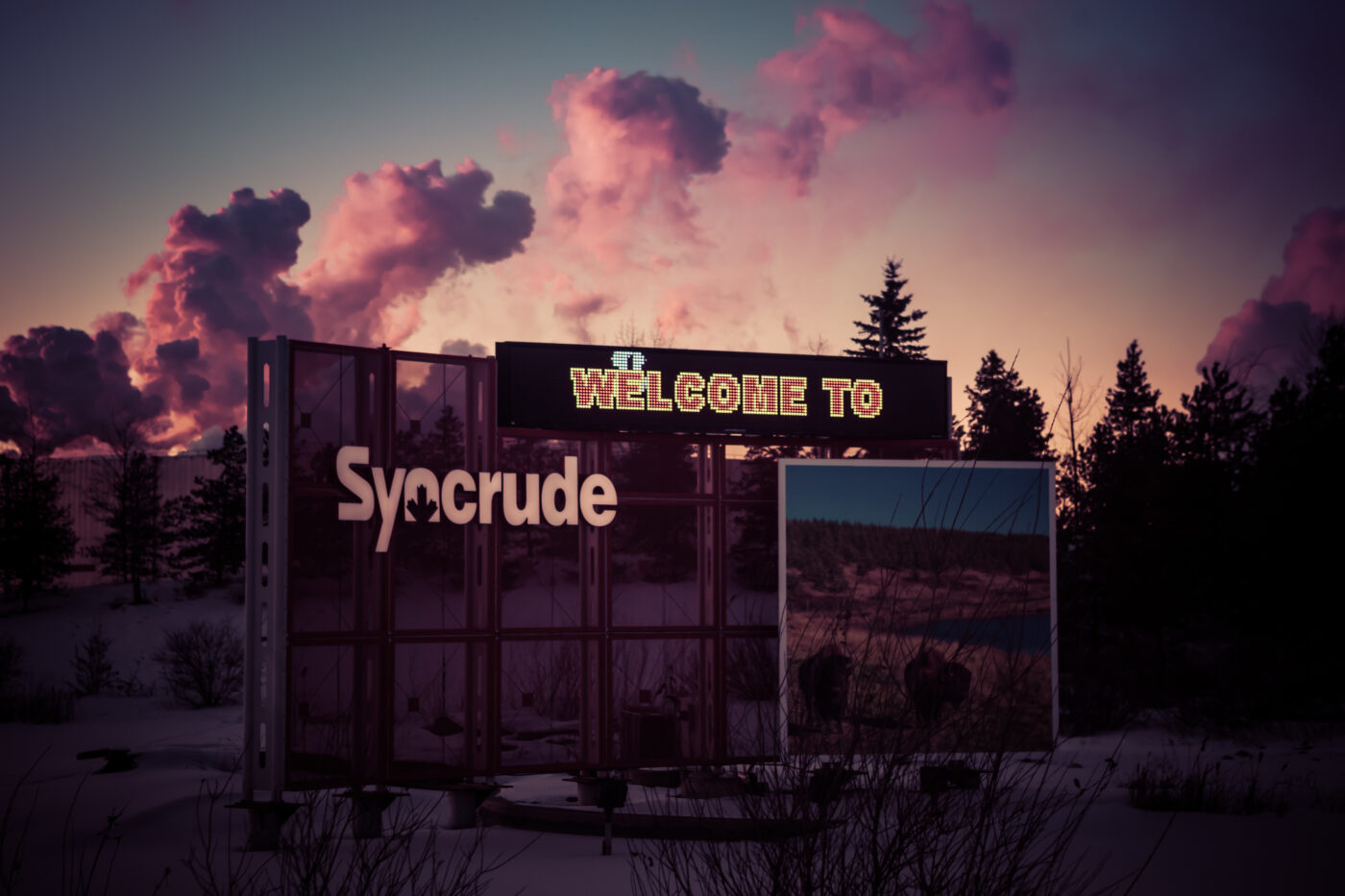

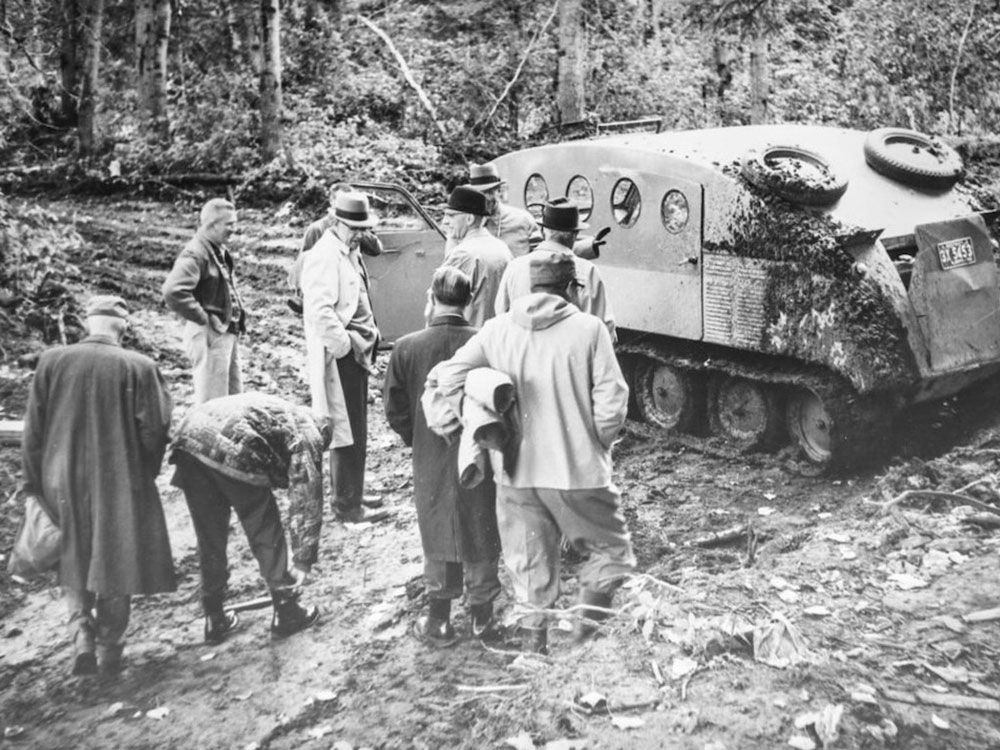
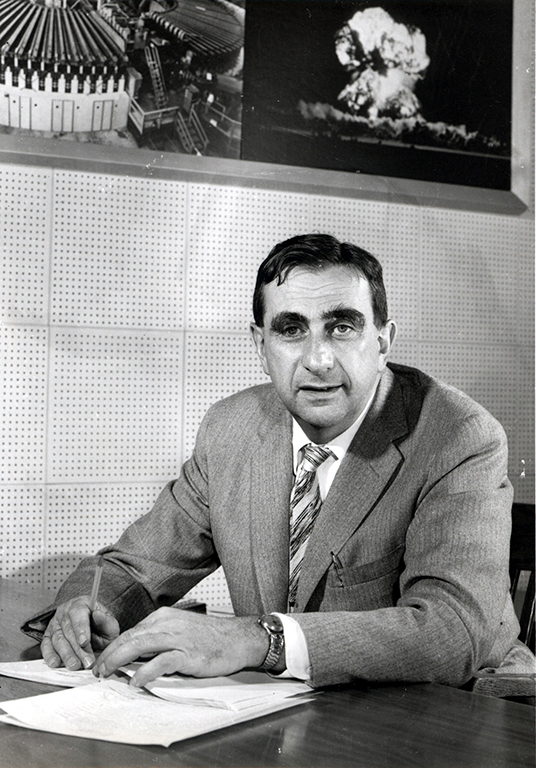
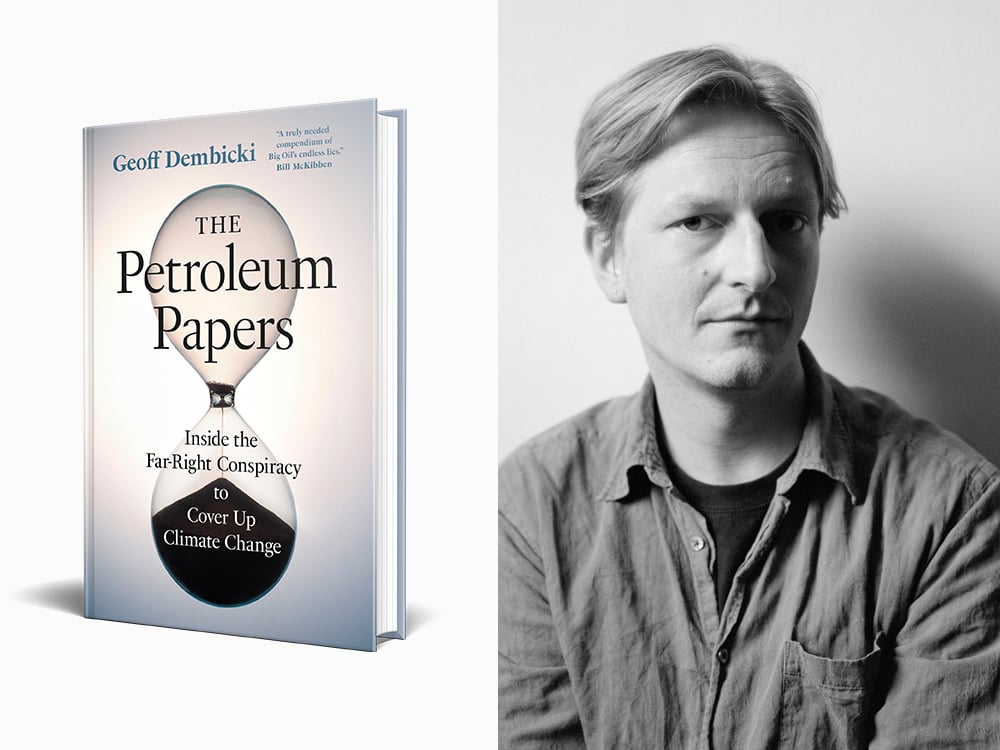

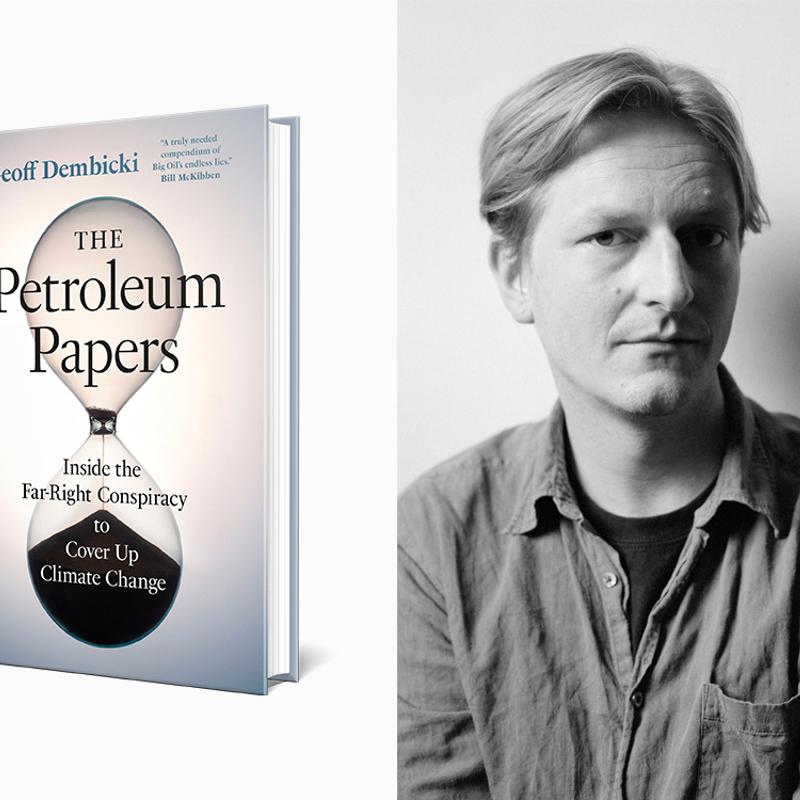
![[Tyee]](https://thetyee.ca/design-article.thetyee.ca/ui/img/yellowblob.png)